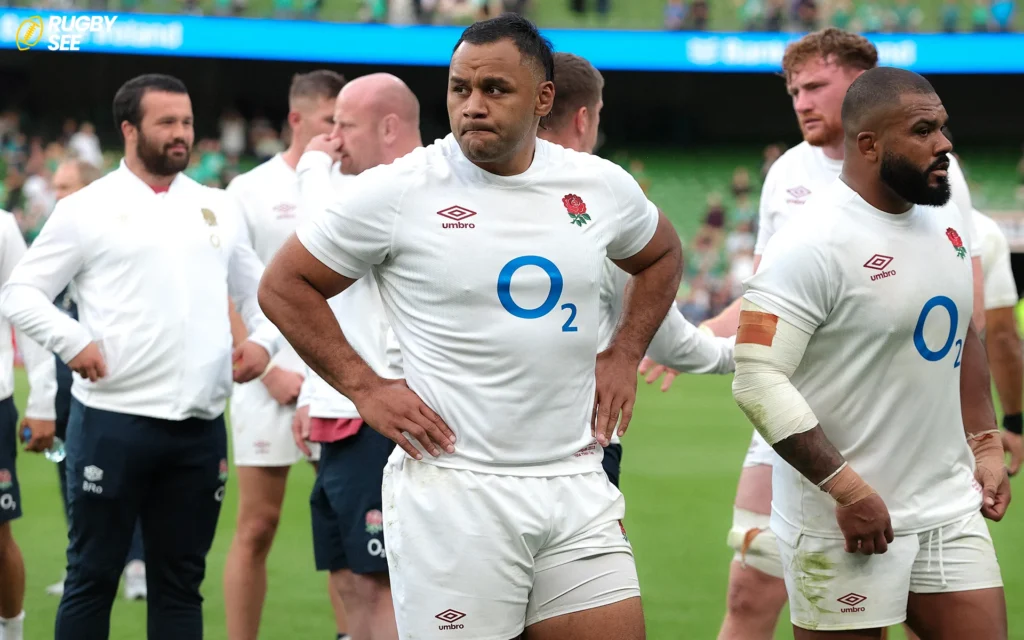In recent years, the issue of chronic traumatic encephalopathy (CTE) has become at the forefront of the debate surrounding contact sports, including the rough game of rugby. Once primarily associated with American football players, CTE — a progressive, degenerative brain disease caused by repeated head injuries — has become a concern for rugby athletes, from amateur to professional. This article from Rugbysee explores the connection between rugby and CTE, examines symptoms and diagnosis, and discusses steps that can be taken to protect players.
Understanding CTE in Rugby Players
CTE is a condition thought to result from repeated blows to the head, leading to a buildup of the abnormal protein tau, which can kill brain cells. The symptoms of CTE, which can include memory loss, confusion, impaired judgment, aggression, depression, anxiety, impulse control issues, and sometimes suicidal behavior, tend to appear years after the repeated head trauma.
Rugby, known for its physical intensity and high-impact collisions, naturally raises concerns over head injuries and their long-term effects on players’ brains. Unlike sports with heavy protective gear, rugby players often rely on minimal protective headgear, which does little to prevent the brain from moving within the skull during impact.
The Evidence Linking Rugby to CTE
Research into CTE and its connection to rugby is ongoing, with several studies highlighting the potential risks faced by players. Autopsies on former rugby players have confirmed the presence of CTE, demonstrating a tangible link between the sport and the condition. However, the exact prevalence of CTE among rugby players remains challenging to determine due to the need for post-mortem diagnosis.
Symptoms and Diagnosis of CTE in Rugby Players
Symptoms of CTE can be difficult to pinpoint, as they overlap with other conditions and can vary widely among individuals. Diagnosis during life is complicated and currently relies on the assessment of symptoms and history of head impacts. Definitive diagnosis is only possible through a post-mortem examination of the brain.

Addressing the Risk: Protective Measures and Rule Changes
In response to growing concerns, rugby’s governing bodies have implemented several measures aimed at reducing head injuries. These include stricter enforcement of tackle laws, higher penalties for high tackles, and the introduction of Head Injury Assessments (HIAs) during games. Additionally, there’s a push for better concussion management protocols and increased player education on the risks associated with head injuries.
The Role of Education and Awareness
Education plays a crucial role in combating CTE in rugby. Players, coaches, and officials must be made aware of the signs of concussion and the importance of proper recovery before returning to play. This awareness can help in early detection and prevention of long-term consequences and if you want to know Rugbr League is Dying Or Not read Is Rugby League Dying? An In-depth Analysis.
The Future of Rugby in the Shadow of CTE
The issue of CTE presents a significant challenge for rugby. The sport must balance its inherent physicality with the need to protect players’ long-term health. Advances in protective gear, changes to the rules, and ongoing research into head injuries are all part of the effort to make rugby safer without diluting its essence.
As the rugby community continues to grapple with the issue of CTE, the focus has shifted towards more innovative approaches to reduce head injury risks. This includes the development of advanced protective gear, the implementation of new training methods that emphasize safe tackling techniques, and the use of technology to better monitor and manage head impacts during games.
Innovations in Protective Gear
One area of significant advancement is in the development of protective headgear designed to absorb more impact and reduce the force transmitted to the player’s head. While no equipment can prevent concussions entirely, improvements in helmet design aim to offer better protection than ever before. Additionally, mouthguards equipped with sensors to detect the severity of impacts are being trialed, providing real-time data that can be used to assess the risk of concussion immediately.

Training for Safety
Training programs have also evolved to prioritize player safety without compromising the physical nature of the game. Techniques that reduce the risk of head injuries are being taught from the grassroots level up, with a focus on proper tackling form and strategies to avoid head-to-head contact. These educational efforts extend to referees, who are being trained to more effectively identify and penalize dangerous play that could lead to head injuries.
The Role of Technology
Technology plays a crucial role in the ongoing battle against CTE in rugby. Wearable tech, such as impact sensors and GPS devices, are being used to monitor player workload and head impacts in both games and practices. This data is invaluable for identifying patterns that may increase the risk of head injuries and for developing strategies to mitigate these risks.
The Importance of Mental Health Support
Recognizing the potential long-term psychological effects of CTE, rugby organizations are also enhancing their mental health support for players. This includes access to mental health professionals, support groups, and educational programs focused on mental wellness. Acknowledging and addressing the psychological impact of head injuries is a critical component of comprehensive player care.
Future Directions
Looking ahead, the rugby community is committed to ongoing research into CTE and head injuries. Collaborations with medical researchers and institutions are essential for gaining a deeper understanding of CTE and for developing more effective prevention and treatment strategies. The ultimate goal is to ensure that rugby remains a vibrant and safe sport for future generations.

The potential for CTE in rugby players is a serious concern that demands attention from all levels of the sport. Through continued research, education, and adaptation of safety measures, rugby can evolve to mitigate the risks of head injuries while preserving the intensity and camaraderie that define it. As we move forward, the health and well-being of players must remain a priority, ensuring that the love of the game does not come at the expense of their future and if you want to know about Hardness of Rugby league and Union read is rugby league harder than union.
This comprehensive overview sheds light on the pressing issue of CTE in rugby, urging ongoing vigilance and proactive measures to protect athletes. By acknowledging the risks and working together to address them, the rugby community can help safeguard the sport’s future and the health of those who play it.










